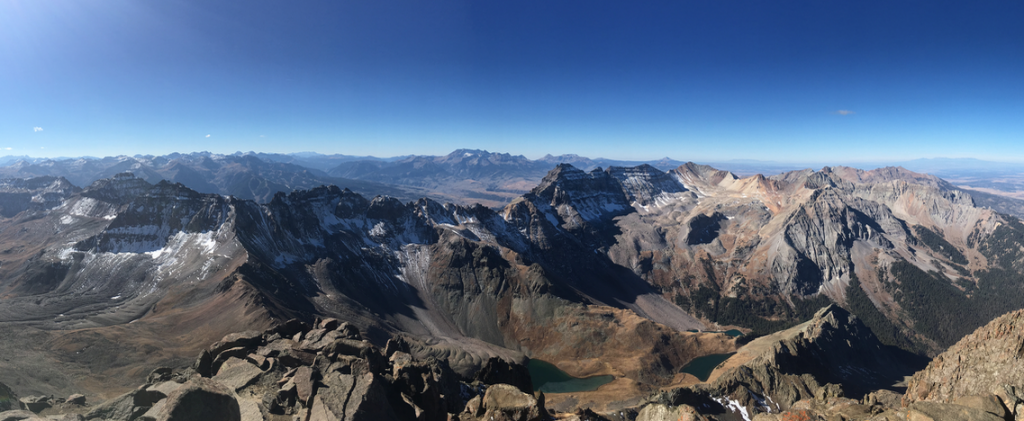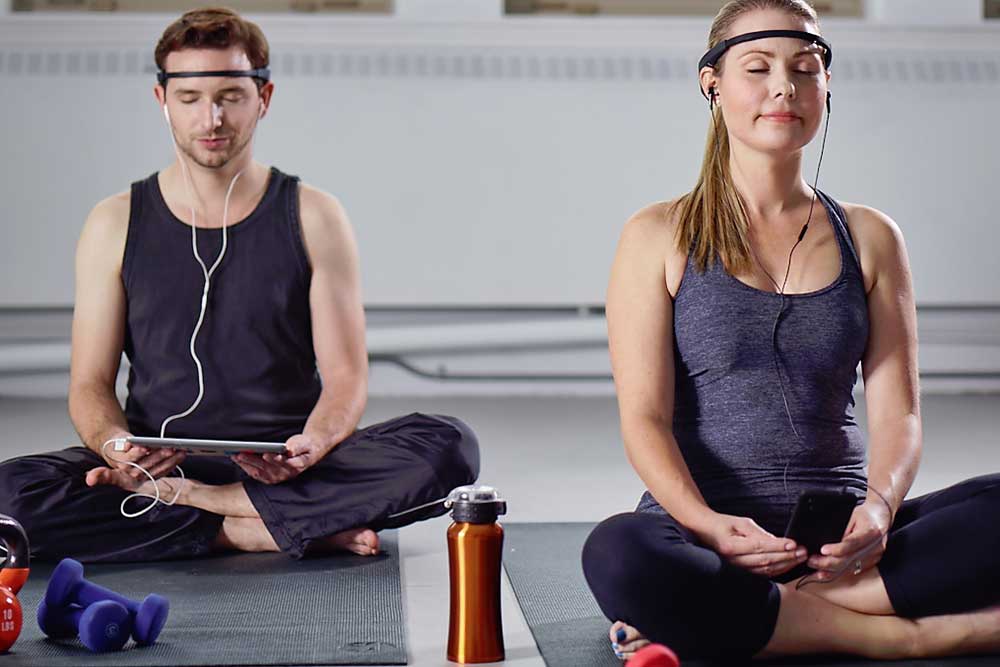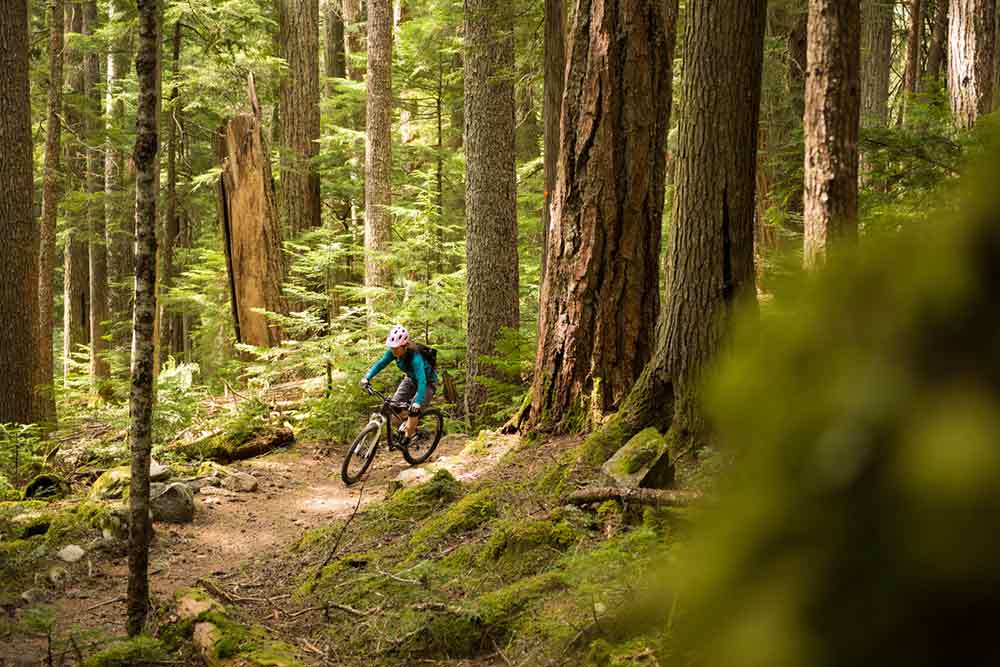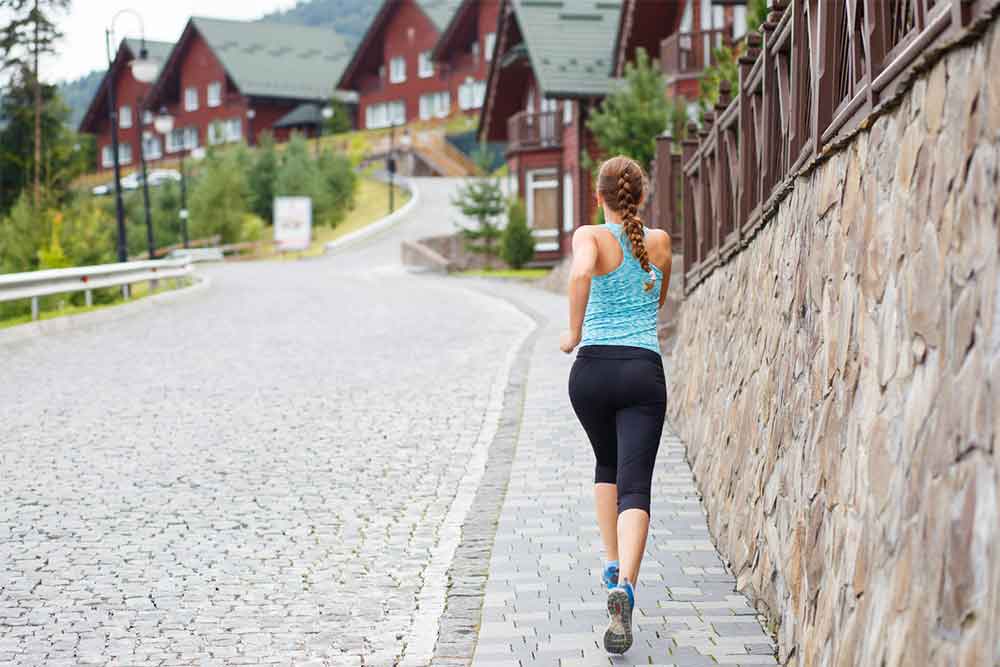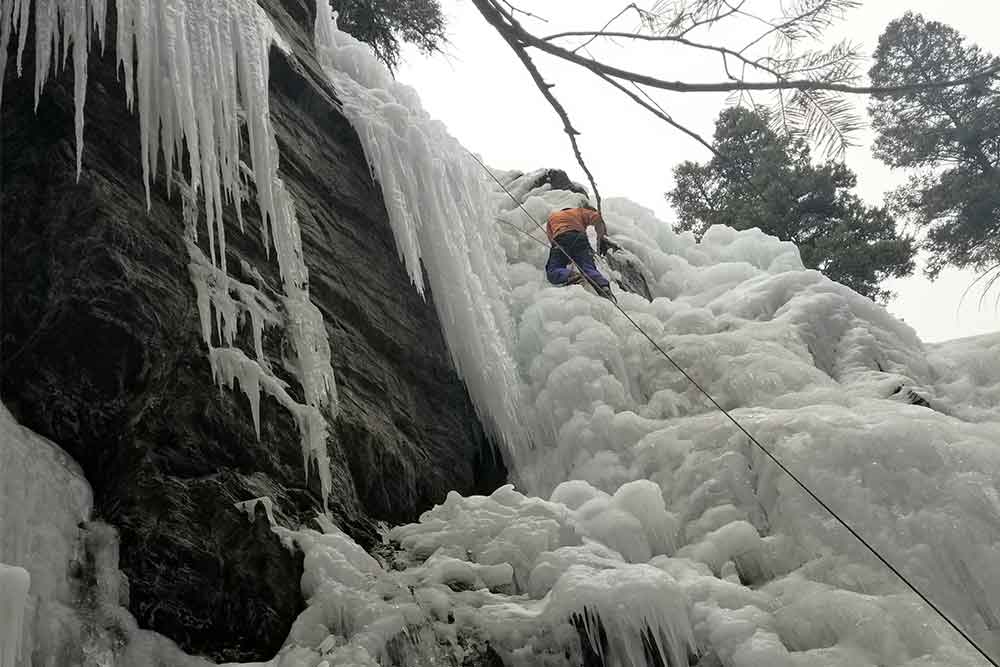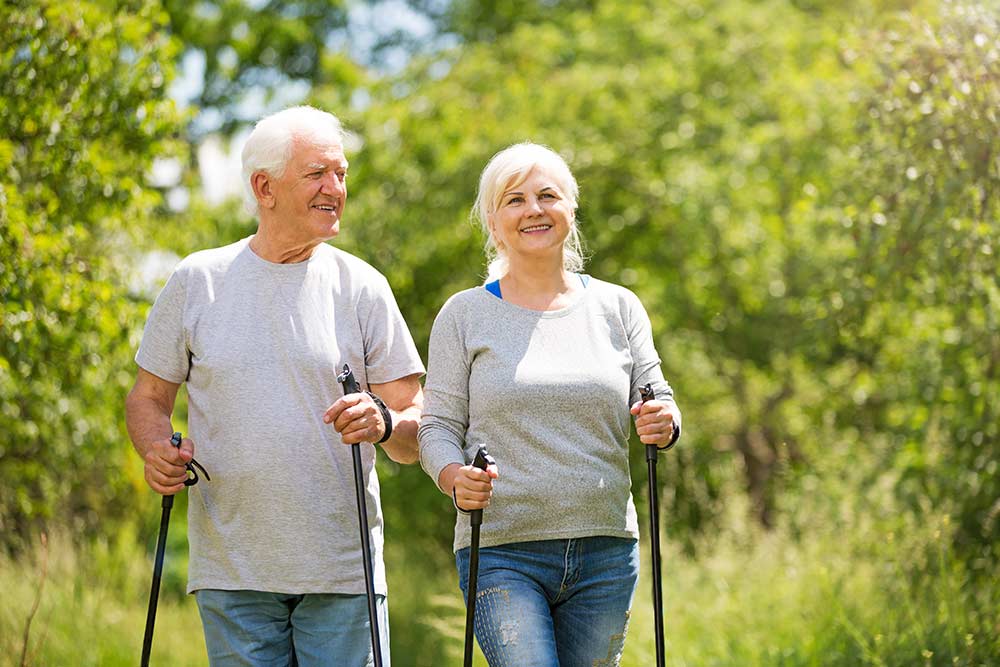Staying Safe On Colorado’s Fourteeners
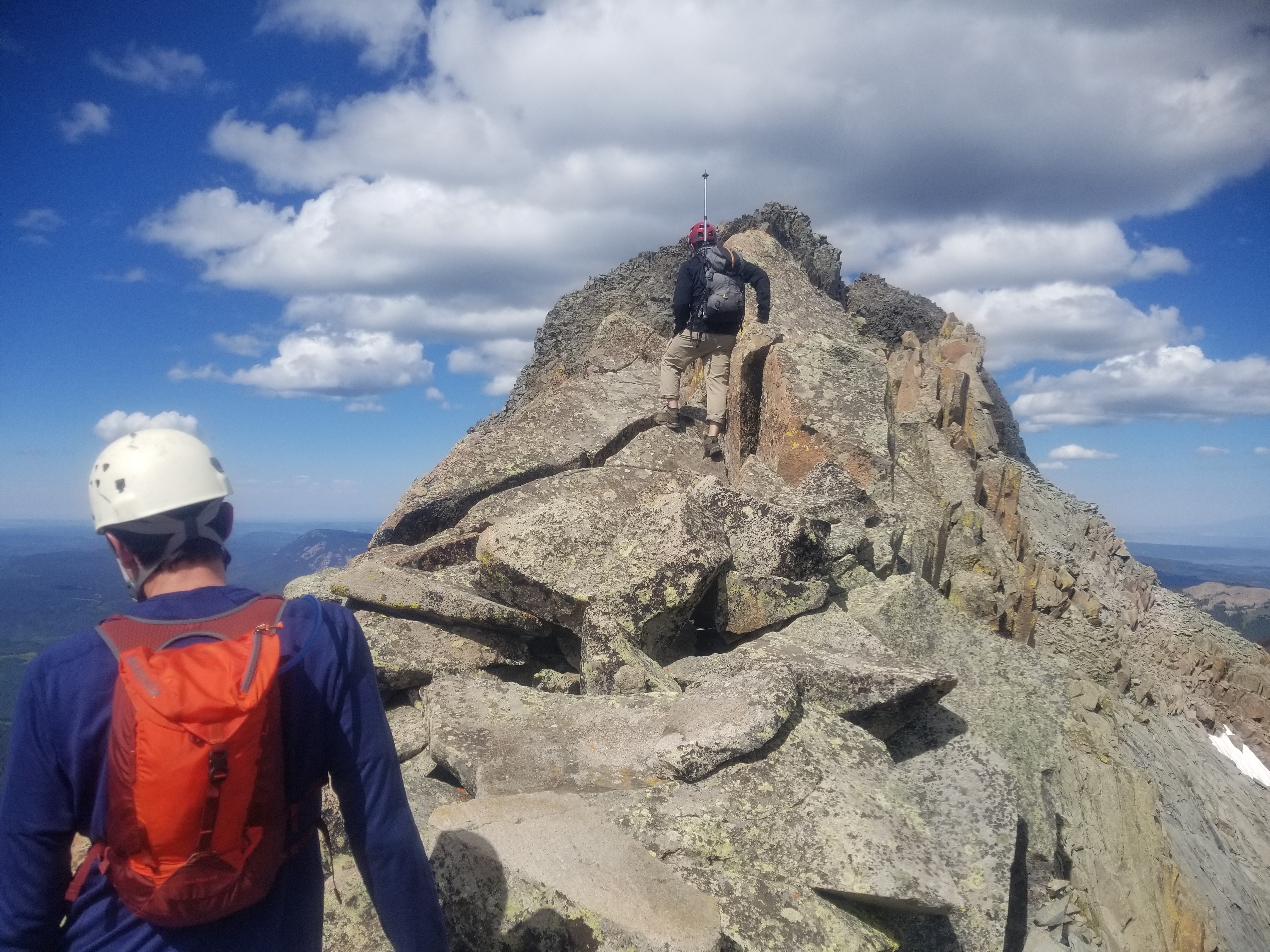
Hank Shell
It was a dry and frost-hewn August morning when I rose in the dark to snatch my roommate’s blender from the kitchen counter, absconding with it to the basement where I could floor that little motor with impunity – I had a pretty serious breakfast smoothie habit at the time. Still do.
The ostensibly nutritious confection in hand, I woke one of my climbing partners with an affectionate flourish of cuss words and insults, whispered soft and sincere through a slight crack in the guest bedroom’s Louvered doors. We’d be meeting our third partner at a gas station near Telluride, Colo., at 4 a.m. before traveling together to the Navajo Lake Trailhead below the San Miguel Mountains. From there, we aimed to be on our to way to the objective – the ridgeline between Mount Wilson (14,252’) and El Diente (14,160’) – by 5 a.m. It was already 2:30 a.m., and we needed to be out the door by 3. We’d make coffee at the trailhead.
The arrival of the hour saw us piling our packs into the truck and rolling down the gravel driveway into the fleeting night, minds lost in a haze of well-below-average wakefulness. Damn, I was tired.
I’ll admit it – I was probably a little too tired to be driving. I mean, I’m pretty sure I almost fell asleep at the wheel three or four times on the way to the trailhead. As if climbing two crumbling 14,000-foot peaks in a day wasn’t dangerous enough.
Colorado’s Fourteeners
Of the 50 highest peaks in the continental United States, 40 are in Colorado. The state has 53 proper fourteeners – ones with at least 300 feet of prominence.
As far as difficulty goes, the 14,000-foot peaks lay in a sort of limbo. They demand a level of skill and preparedness that’s above just about any hike east of the Mississippi River but markedly below those of the great northern mountains. For a bunch of mountains that are roughly the same height strewn across the same state, they sure are diverse.
Related Article: Effects of Outdoor Exercise
A blessed few of the state’s highest summits reach the pinnacle of accessibility, each one practically at your front door but for a short jaunt up a gravel path from a thoughtfully located parking lot. Hell, you can drive all the way to the top of Pikes Peak. Still, while people can circumvent hiking with their cars, they can’t suck oxygen out of their tailpipes, and altitude sickness is a very real possibility at these celestial drive-ins.
Respect the mountain
At the other end of the spectrum, the state’s most rugged mountains demand total and unquestioning respect. With dramatic and merciless features, eminently rotten stone and a front-row seat to Mother Nature’s nastiest tantrums, they’re wild and unforgiving places. Unfortunately, the catchall term “fourteener” doesn’t fully impart the wide variation in hospitability among all these mountains. Rather, it seems to cover them all in a soft and muddled impression of conquerable grandeur, one that makes them attractive objectives while obscuring the variation in gravity between summits.
The truth is, they kill a lot of people.
A 21-year-old man suffered a fatal fall on Capitol Peak last Saturday, Aug. 26. It was the fifth death in two months on that mountain, considered the state’s hardest. There were nine deaths on Capitol in the entire preceding decade.
Colorado has seen ten deaths on its fourteeners this season.
The Colorado Fourteeners Initiative, which tracks use of the peaks, estimated a 19.6 percent increase in hiker use days on the state’s fourteeners between 2015 and 2016. While it chalked some of the increase up to more thorough hiker counts, Mt. Elbert, the state’s highest peak, had the same number of counters and saw a 16 percent increase in traffic year to year. What I’m saying is, more and more people are flocking to these mountains, and many don’t know what to expect. It makes for a dangerous situation.
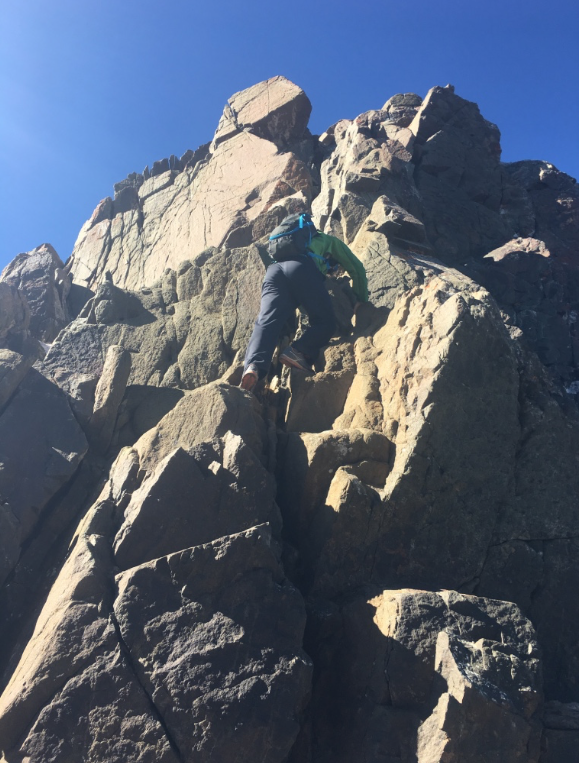 A case study in trip preparation
A case study in trip preparation
The night before our trip to do the El Diente – Mount Wilson Traverse, my buddy and I had debated the requisite equipment for the trip. Noted as one of Colorado’s four classic traverses in Gerry Roach’s authoritative guide, Colorado’s Fourteeners, the route is known for loose rocks and steep drops. Helmets were packed without question. Rock fall is a constant hazard on steep, rocky terrain with high traffic, and we couldn’t afford to lose any more brain cells. Many of Colorado’s highest mountains are notorious for rotten and crumbling rock. In these mountains, just bring a helmet.
Some of these mountains are better climbed in the early months of summer when the routes are still snow-covered and ice firmly bonds the endless piles of loose rock. Summiting one safely in this period generally requires a walking axe and a set of crampons, as well as a knowledge of basic snow climbing and self-arrest technique. We were heading up in mid-August and opted not to take any of these items. We packed ample water and plenty of carbohydrates for the climb. A couple of extra layers, First Aid kit, topographical map, and compass made up the rest of my kit. With these items scattered among us, we were fairly well prepared for the 16.5 miles and 5,500 vertical feet that lay ahead.
Knowledge of the weather and terrain and experience in the mountains were the last crucial pieces of the puzzle. Well, so was motivation. Standing in the parking lot at 4:45 a.m., the gelid morning air singeing my knuckles, I fumbled with the stove and coffee press while my two friends listlessly milled about the car. I was going to fall asleep, die or scream if I didn’t get a big dose of caffeine quick. Maybe all three. After filling our cups from that first, sweet press, the hot ambrosia roiled into our bodies with verve, beating back the soporific night and filling us with unmerited optimism.
The El Diente – Mount Wilson
It’s a steady seven-mile, two-thousand foot climb from the trailhead to the base of El Diente above Navajo Lake. The sun was creeping down the mountain’s flank, nearly touching the far edge of the lake, when we passed it on our way to the base of El Diente’s large north couloir. We stopped at the base for a Cliff bar brunch before beginning the 3,000-foot climb to the summit.
It was hellish. We spread out along the gulley to avoid the random blitzes of rock fall that each of us caused. It felt like we had stumbled upon a gall in time and space where an hour of strenuous hiking brought one no closer to the top of the mountain and no farther from the bottom. It soon became clear to us that, had there been another party above us, the route would have been unacceptably dangerous, like a real-life game of Frogger except with rocks and blood and stuff.
Related Article: Stand Up Paddle Boarding Physical And Mental Benefits
The sun was well up when we made the ridgeline, and not too long afterward we were on El Diente’s summit. Having studied some photos and trip reports prior, we were privy to the obstacles on the ridge between El Diente and Mount Wilson to the east. Employing the sum of our mediocre route-finding skills brought us to Mount Wilson’s summit without incident.
From there, it was another endless descent through the twilight zone of progress. The romp back down Wilson’s flank reminded us that falling rocks are little flocks of danger that dance willy-nilly from beneath our feet. We spent a lot of time dodging each other’s fusillades. At last, we sank back into the valley’s keel and, on tender feet, loped back to the parking lot.
Tackling a Fourteener
There are a few things in addition to magic and a masochistic predisposition that you’ll need to summit Colorado’s more technical fourteeners. Good boots and a good pack are a start. A few extra red blood cells won’t hurt either. Make sure you acclimatize for a few days before venturing up into the alpine.
Being in decent shape goes without saying. I mean, come on. These mountains are BURLY. You want to be able to move fast when you need to. Like, for example, when you notice that the distance between you and tree line and the distance between you and that approaching electrical storm are pretty much equivalent.
Which brings me to another thing – LEAVE EARLY, PEOPLE. Even if the forecast is all sunshine and sugar plums, which I’m sure it won’t be ‘cause sugar plums ain’t weather, summer thunderstorms can come up out of the ground in these mountains. I mean, I’m pretty sure I’ve seen that happen. Either way, you don’t want to be caught playing pickle between lightning strikes when you’re miles away from safety.
For more technical peaks with 3rd and 4th class terrain, some rock climbing experience will make you safer, more comfortable and definitely more self-righteous. Climbing experience is pretty much mandatory on 5th class terrain, where ropes and protection can and should be used.
Overall, it’s pretty safe to climb most of Colorado’s fourteeners. Make adequate preparation, stay on route, and give yourself plenty of time, and you should be good to go. Another thing I just remembered – know when to turn back. Yes, this is perhaps the most important and most rare mental skill in the mountaineer’s repertoire. Know when to throw in the towel. Remember, the mountain will always be there. Follow this advice, and hopefully, you will be, too. Well, until you’re not.
You Might Like:

